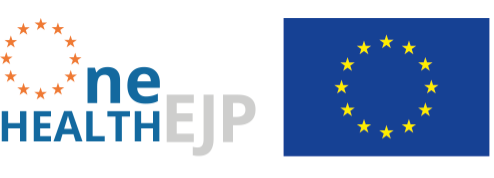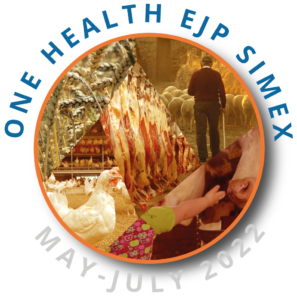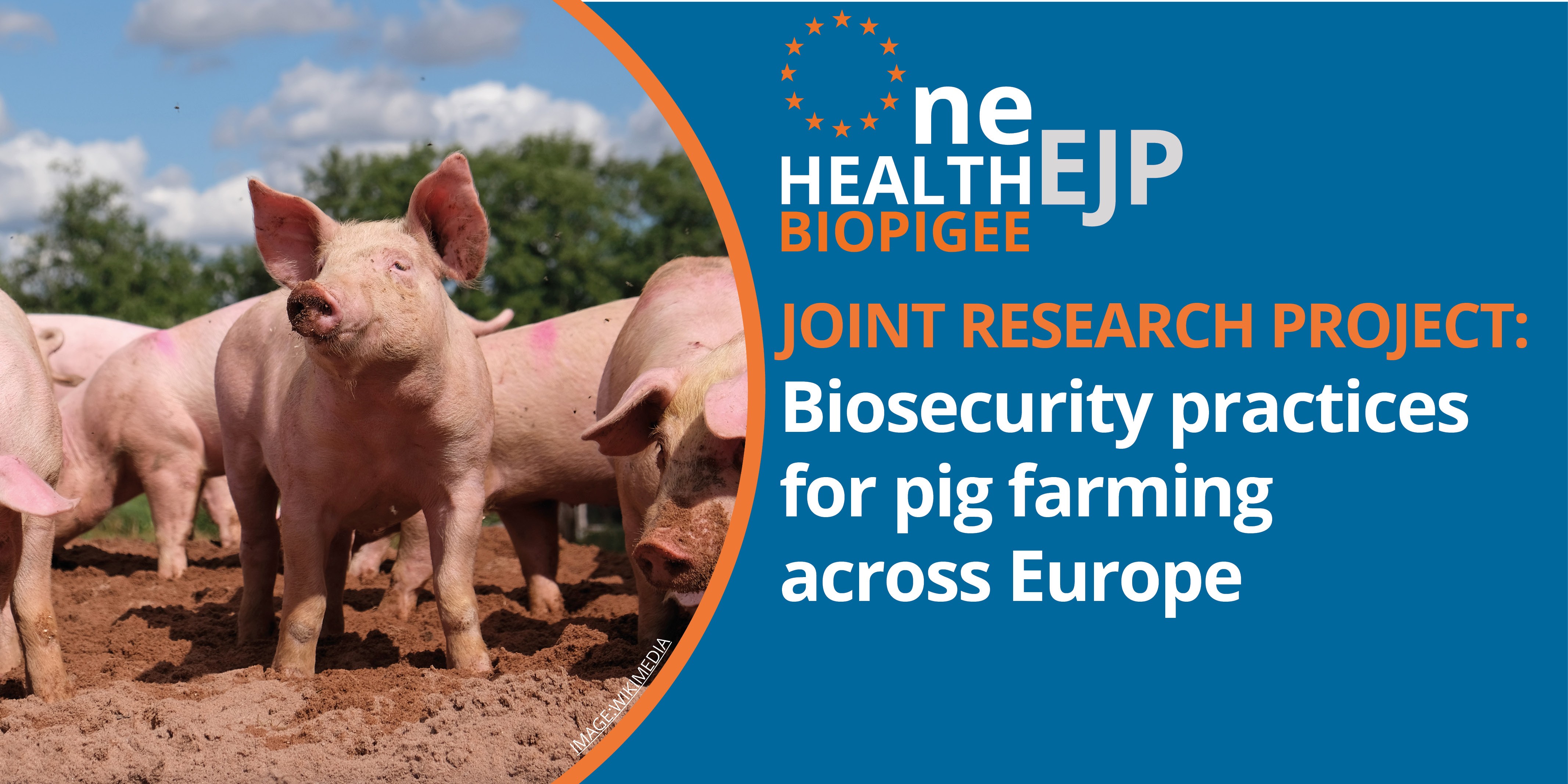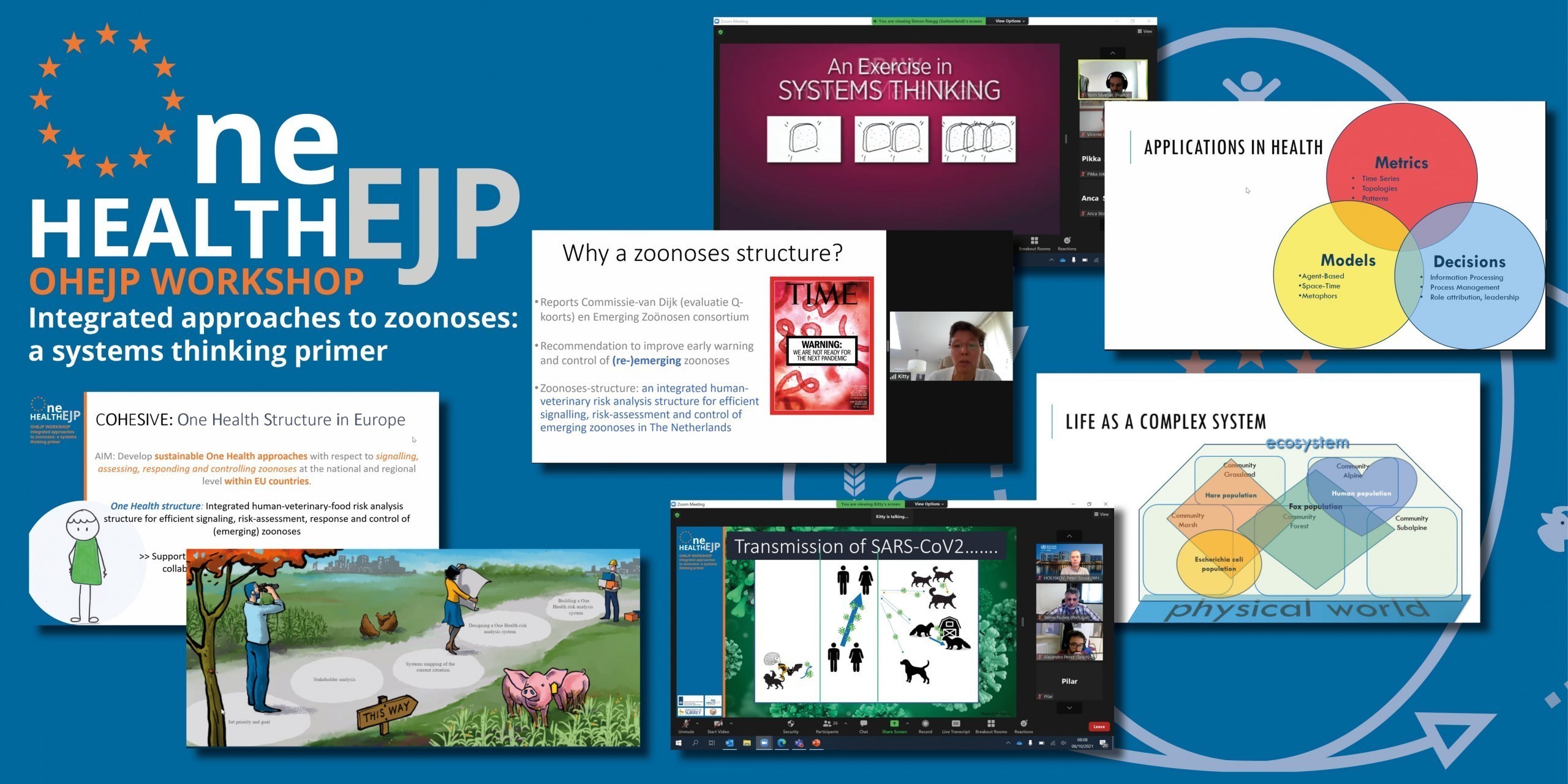A day in the life of Bosco Rodríguez Matamoros
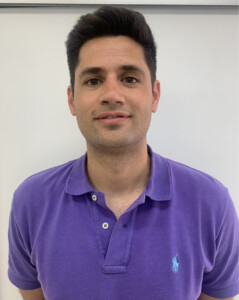
Read our third #OHEJPphdlife post describing a day in the life of Bosco Rodríguez Matamoros, a One Health EJP PhD student working on PhD project METAPRO. His research works on the issue of antimicrobial resistance and uses metagenomics (the study of genetic material of all the microorganisms present in a sample) and genomic approaches for the prevention and spread of plazomicin resistance in humans, animals and the environment.
It is Friday morning, 8:25. My workday starts with me waiting for the bus. In my head, I am considering the experiments that I did this week and deciding my plan for today. My doctoral project is based on the use of metagenomics to find resistance genes to next-generation aminoglycosides, like plazomicin. These new aminoglycosides offer some hope in the current antimicrobial resistance situation. So, understanding where these genes can be found and how they can be mobilised is key to reduce resistance spread. Therefore, we collect samples from different human and animal environments and look for the presence of common and new potential resistance determinants to fully characterise them and their genetic context. Earlier this week we received some pig faecal samples. We have now run a complete profile to find out which important types of bacteria and aminoglycoside resistance genes are present in the samples and completed DNA extraction from them for the next steps.
Today it is the big day – we are going to sequence these DNA extractions with our MinIon! MinIon is a sequencing instrument from Oxford Nanopore company that allows us to sequence DNA extraction in long fragments. With this technology we expect to have a better resolution of the genomic context of plazomicin resistance genes.
By the time I realise it, I have already arrived at the Antimicrobial Resistance Unit at the Faculty of Veterinary Medicine in the Universidad Complutense de Madrid (Complutense University of Madrid) for a well-planned day.
When I arrive at the laboratory, I first connect my laptop and check my emails. After replying to some of the emails, I check my PubMed alerts. I find a few interesting articles and download them to have some reading material for this weekend. I check our server. Yes – the programming script I wrote to analyse the microbial composition works well and I can now check all my samples with it. Enough screen-time for this morning, I am ready for some laboratory work! I put my lab coat on, take the freshly extracted DNA samples from the fridge and now I am ready to start Nanopore sequencing!
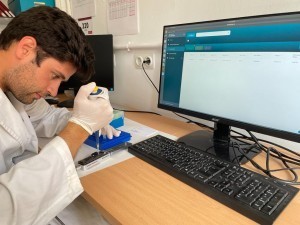
Let me explain that Oxford Nanopore sequencing technology is based on the flow of long DNA fragments through sensing nanopores that can identify the sequence of these fragments. Equipment available – check. Reagents – check. The DNA extractions have good concentration and purity, which means that everything is ready to start. DNA repair – done. Barcode ligation – done. These barcodes allow us to identify the reads coming from different samples, so we can sequence more than one samples per run! Now I pool the different samples together and add the adaptors that allow the DNA to pass through the nanopores. It took almost 3 hours, but the library is finished! The computer is ready and all the software is up to date. I check a new flowcell (the element where the sensing array and the nanopores are present) and I have 1362 pores available, which is perfect! I prepare the library to load it in the flowcell and drop by drop everything is in place, ready for the next step of data acquisition. Everything seems to be working fine. Now it is time for a well-deserved lunch break.
After lunch I have a short meeting with my supervisor, but I first take a quick peek at the MinIon run. A lot of green pores, which means that the flowcell is sequencing perfectly. In the meeting, we talk about the results from this week and discuss about what our next steps should be. I am then ready to return to the lab. On my to do list, there is a quantitative PCR (qPCR) that I want to perform from the pig samples. We want to know the number of copies of a gene that we are interested in are present on our samples. So, I need to start the lab work! After some digestions and dilutions of the DNA from the pig samples (and a lot of pipetting), the qPCR is running and, I sit back at the computer to analyse the outputs from the programming script that have been running since this morning. They look good! While making some figures from this data, the qPCR has finished. The data look promising, but a few quality parameters of the reaction were not good enough. I had better repeat it next week.
It is getting late. I take a last look at how the Nanopore sequencing is running and I then am ready to finish the day by drinking some beers with my lab mates under the Spanish sun. What a great day!
